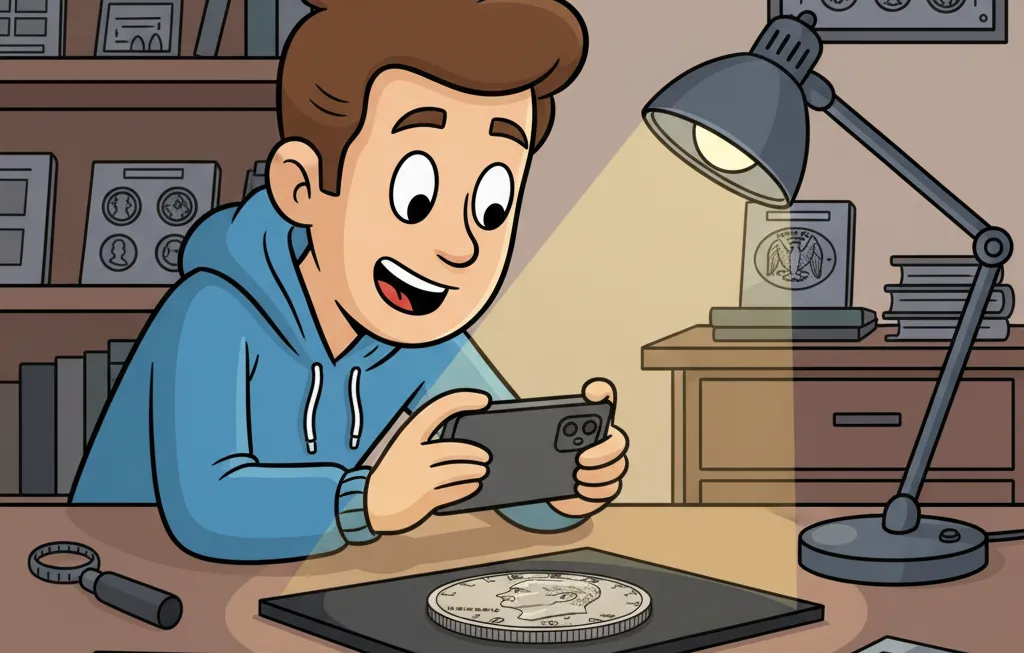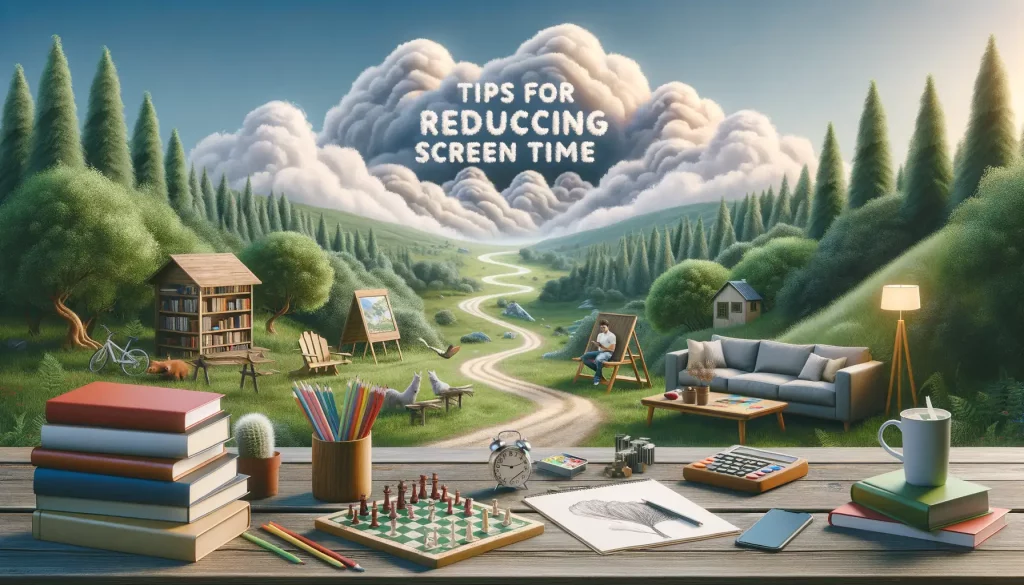What is Coin Grading and Why It Matters
Unlocking the Story Behind Every Coin
Coin grading isn’t just a technical process—it’s like uncovering the soul of a coin. Think about it: every mark, every gloss of luster, every worn edge tells a story. But how do you translate those details into something measurable? That’s where coin grading steps in, acting as both a science and an art form.
At its core, coin grading is about evaluating a coin’s physical condition and assigning it a grade that reflects its quality, with grades ranging from “Poor” to the coveted “Mint State” categories. A clean, sharp-profiled coin with no visible wear could be graded as a flawless MS-70. Meanwhile, one with more wear might settle into the VG (Very Good) range.
But why does this matter? Because grades mean more than condition—they mean value, authenticity, and trust. For collectors, knowing a coin’s grade is like holding a treasure map to its worth. A professionally graded coin can command significantly higher prices at auction and promises peace of mind.
The Key Factors in Determining Coin Grades
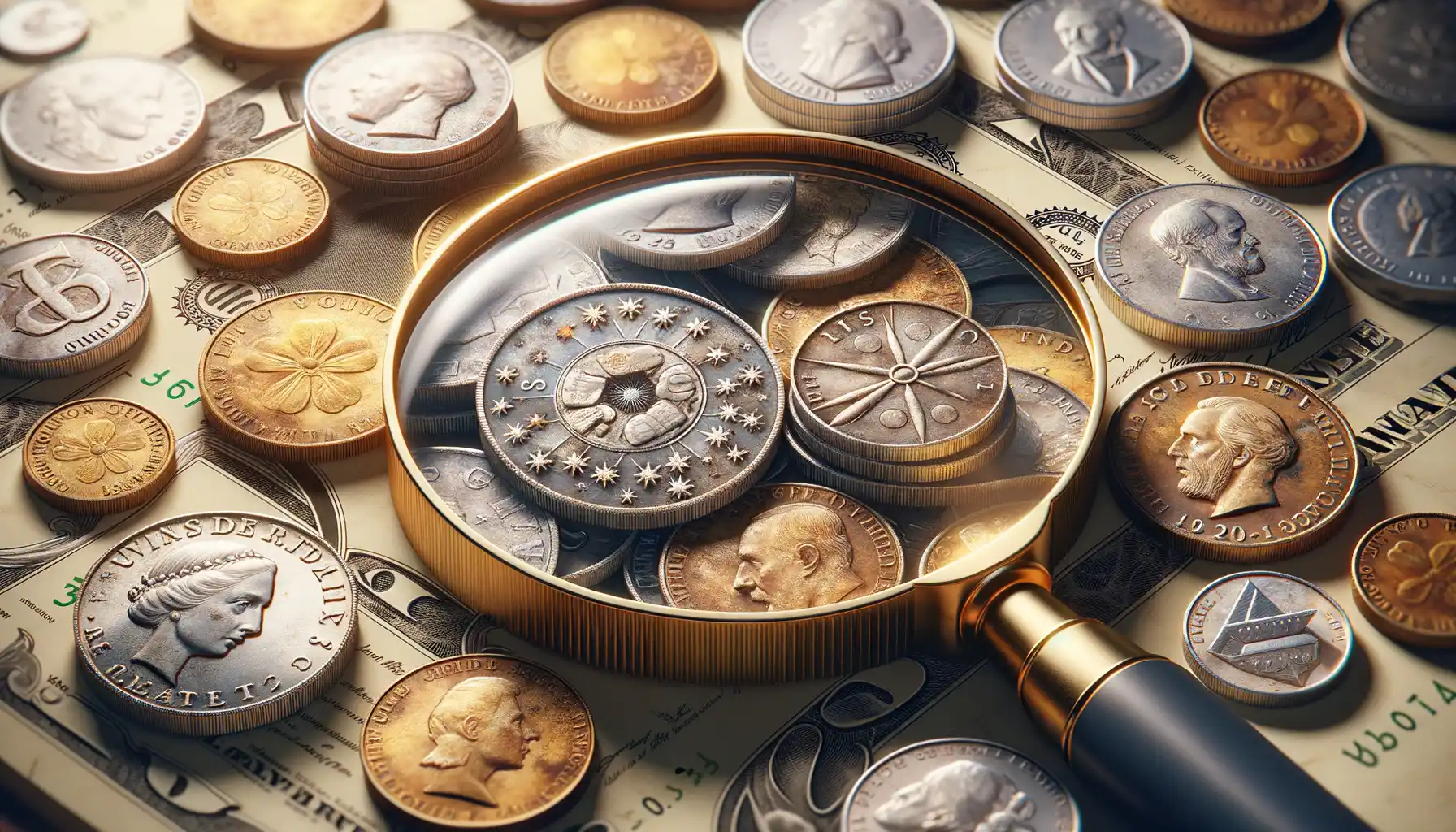
What Makes One Coin Shine Above the Rest?
Grading a coin is like peeling back its story layer by layer—its journey, its scars, and its triumphs. The first thing experts look for? **Condition**. A pristine coin with razor-sharp details and minimal wear will naturally command higher grades. Picture this: compare a crisp, uncirculated coin to one that’s been jingling in pockets for decades. Night and day, right?
But it doesn’t stop there. Strike quality is another big player. This might sound technical, but here’s the picture: imagine two coins of the same type, one with blurry features and the other sparkling with finely etched designs. That extra clarity could jump a grade or two!
Key Grading Factors Broken Down
To truly understand what graders examine, take note of these critical elements:
- Surface preservation: Any dents, scratches, or discoloration? Those tiny flaws can have a big impact.
- Luster: Does the coin glow under the light, or does it appear dull and lifeless?
- Eye appeal: This one’s subjective—simply put, does the coin “wow” you?
Coin grading isn’t just science; it’s an art form—and every detail, no matter how small, matters.
Popular Coin Grading Standards and Systems
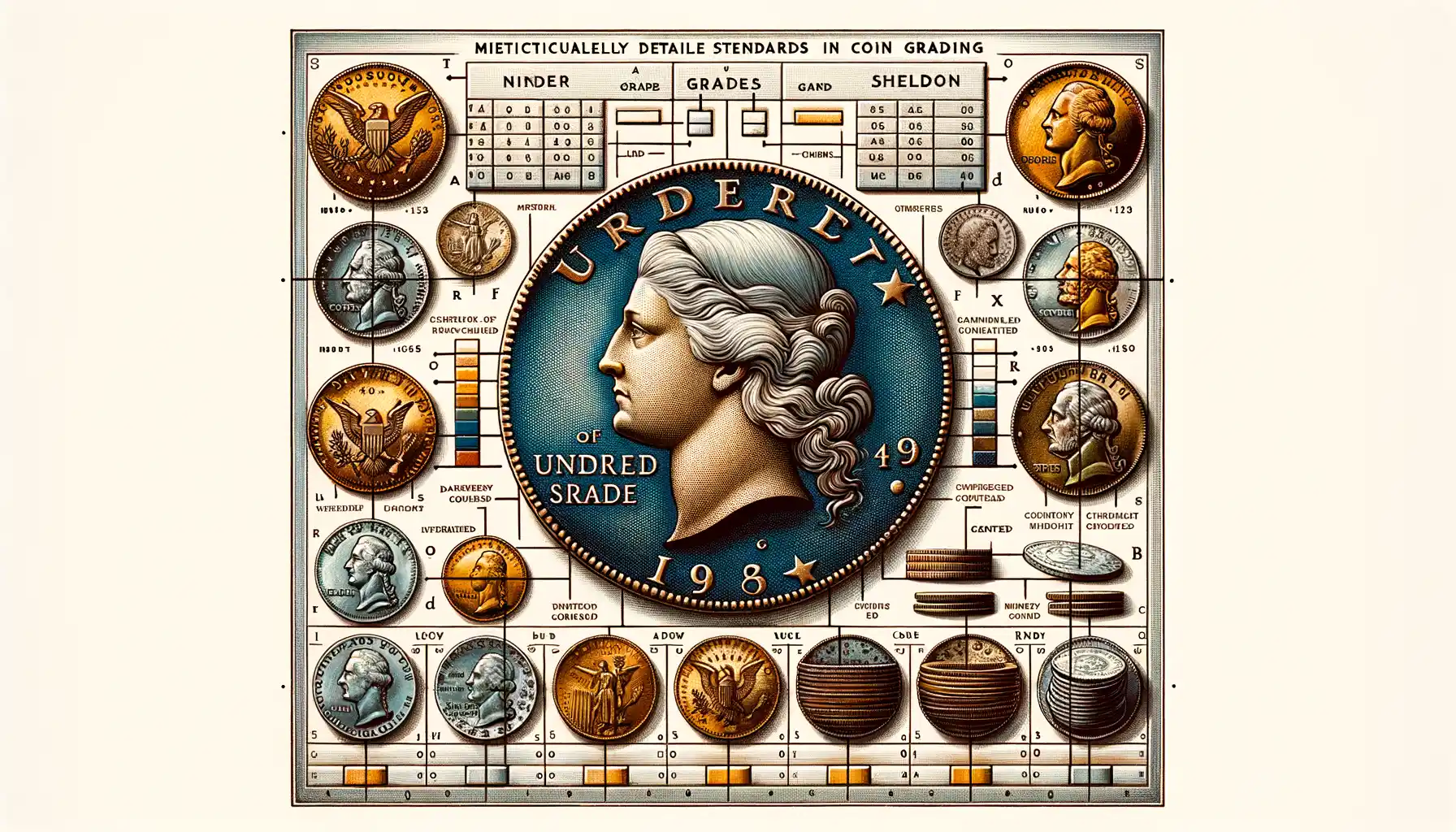
Breaking Down the Big Players in Coin Grading
When you first dive into the world of coin grading, it can feel like deciphering an ancient map. But fear not! There are trusted grading systems here to light your way. The most widely recognized standard? The 70-point Sheldon Scale. It’s like a universal language for collectors—ranking coins from a well-loved, humble Poor-1 to the jaw-dropping perfection of Mint State-70.
And who are the guardians of these grades? Enter professional grading services like PCGS (Professional Coin Grading Service) and NGC (Numismatic Guaranty Company). These names aren’t just acronyms; they’re the gold standard in precision and trust. Imagine sending off your cherished silver dollar and getting back not only its grade but also protective encapsulation—a little fortress for your prized possession.
- PCGS: Known for rigorous standards and market respect.
- NGC: Offers equally meticulous grading with stellar attention to detail.
Both use the Sheldon Scale, but some collectors might describe PCGS as the “tough grader” of the two—a fascinating wrinkle for enthusiasts looking to maximize their coins’ value.
Common Challenges and Mistakes in Coin Grading
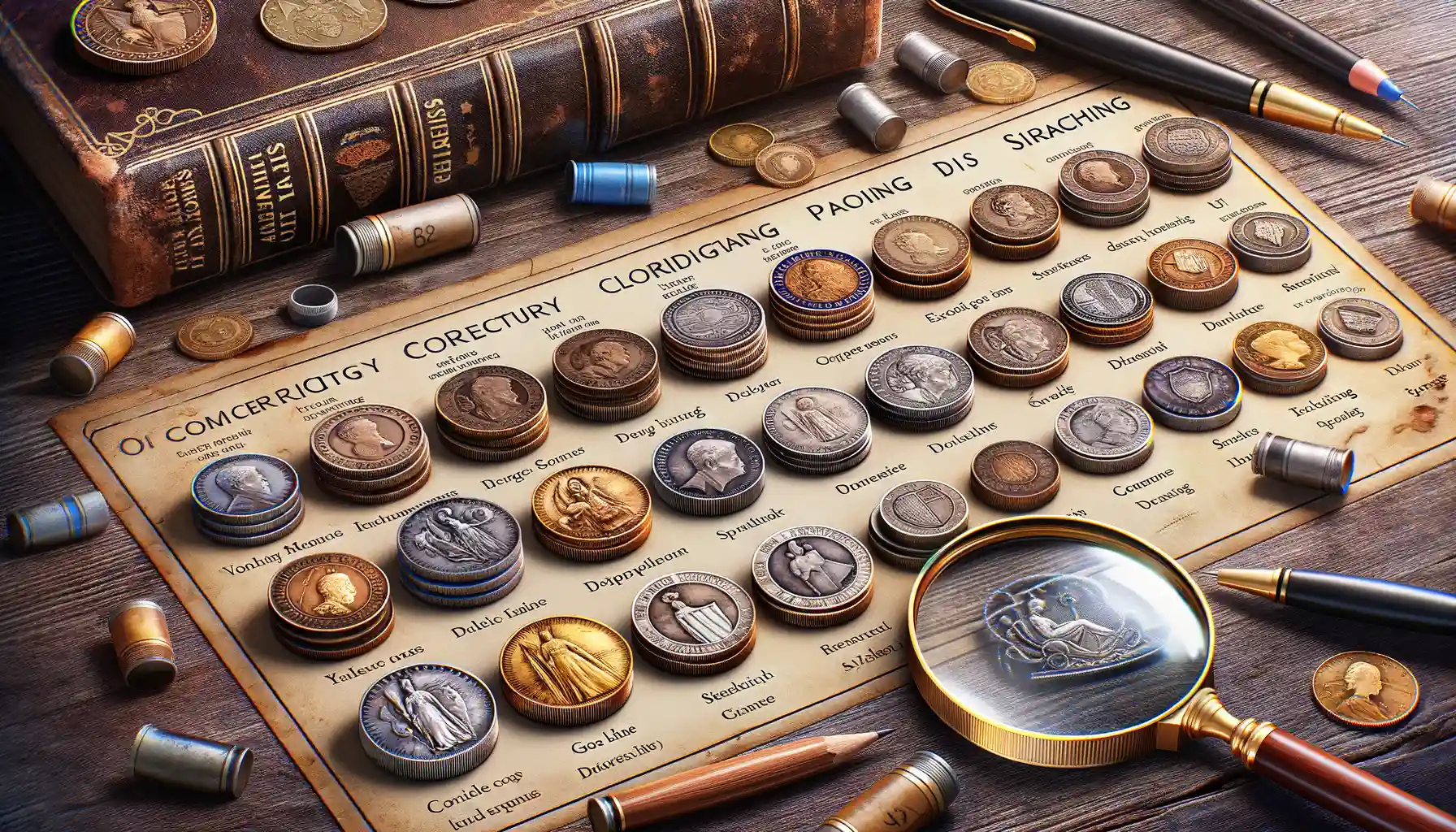
Missteps That Trip Up Even Seasoned Collectors
Ah, coin grading—a dance of precision and perception. But let’s be honest: it’s not always a graceful waltz. One common challenge lies in distinguishing between wear and minting flaws. A slight scrape? That could be circulation wear—or maybe even a mint defect. Confusing the two can throw off your grade by a mile.
Even lighting betrays us! Ever squinted under dim, yellow-tinted light and thought you were holding a flawless gem? Only to later discover, under proper lighting, that your pristine treasure had scratches hiding in plain sight. Trust me, proper lighting is as critical as a steady hand.
- Overgrading: Emotional attachment can cloud judgment. You might think your heirloom quarter gleams with perfection, but graders won’t care about its sentimental value.
- Being too harsh: The flip side—some folks are far too critical, nitpicking natural patinas or minor imperfections that don’t affect official grading.
The Perils of DIY Grading
Grading your own coins seems tempting—it’s like self-diagnosing your health online (what could go wrong, right?). But without standardized tools and consistent references, it’s easy to misinterpret details. A slight misstep could lead to overpaying or underselling, a misfortune that stings every collector eventually. And beware of cleaning coins to “improve” their appearance—it’s a rookie mistake that can reduce their value faster than you can say “polish.” Sometimes, imperfections are part of the charm!
Tips for Collectors to Start with Coin Grading
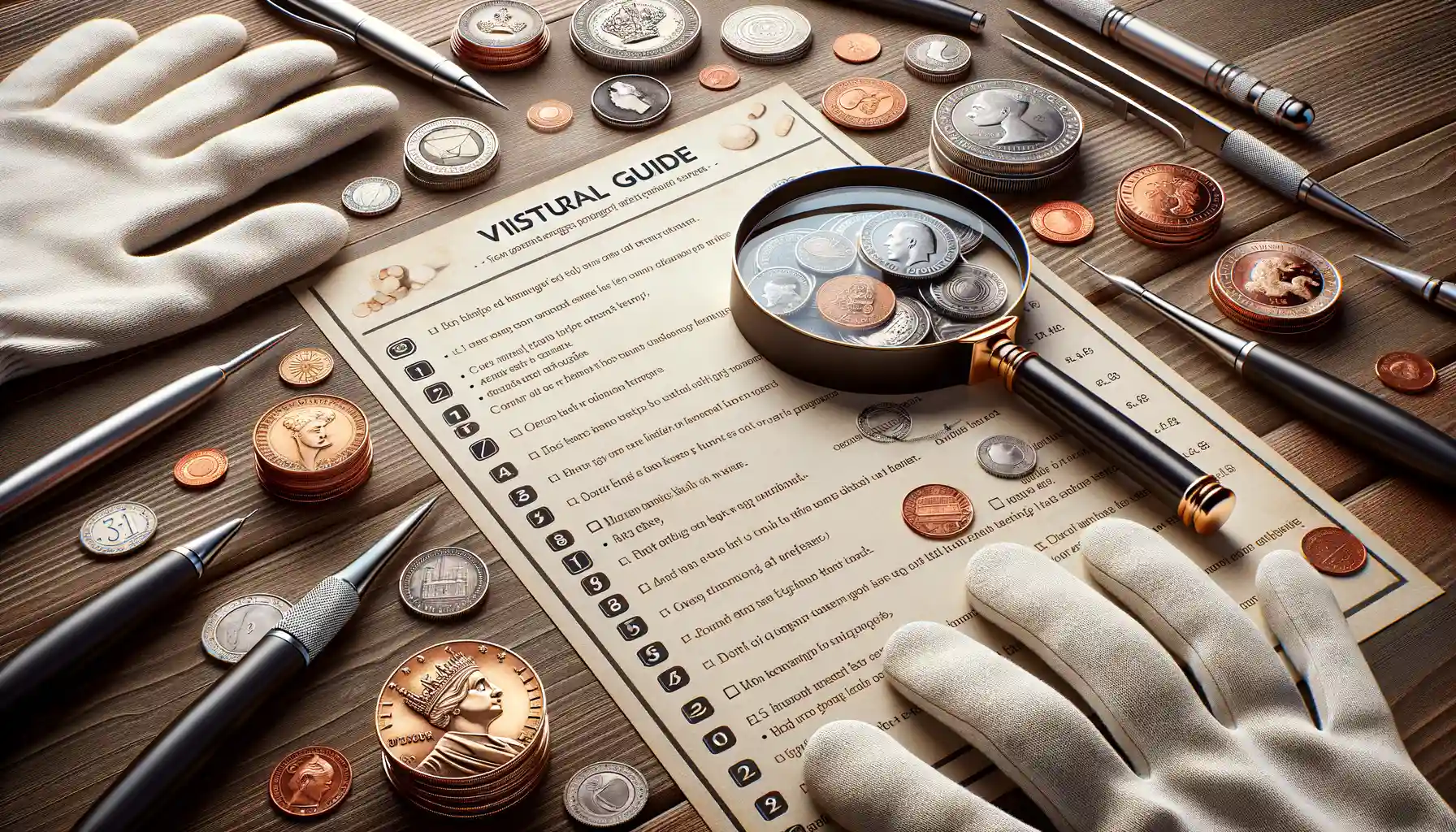
Why Grading Matters: Start with What Sparks Joy
Diving into coin grading can feel like stepping into a treasure hunt, but instead of pirates, you’ve got certified graders and shiny certifications. Begin by asking yourself: what do you love about your coins? Is it their story, their gleam, or their rarity? The reason this matters is simple—grading transforms passion into precision. Whether it’s that vintage 1890 Morgan Dollar tucked away in your drawer or the war-era penny passed down from Grandpa, a proper grade can reveal its true worth.
Here’s a tip: start small. Instead of grading your entire collection at once, pick a few favorites or intriguing finds. Research their background and condition. Trust me, there’s nothing quite like discovering that your modest dime could be a gem hiding in plain sight.
First Steps for Your Coin-Grading Journey
- Invest in the tools of the trade: A magnifying glass (10x preferably), gloves, and coin holders should be your new best friends.
- Learn the language: Terms like “MS-65” or “AU-50” might seem alien now, but they’ll soon roll off your tongue as naturally as “hello.”
- Start with trusted experts: Practice by comparing your guesses with professional grading services like NGC or PCGS. It’s the best way to sharpen your eye.
Remember, every scratch, shine, and mint mark tells a story. As you grade, you’re not just appraising a coin—you’re becoming its storyteller.


